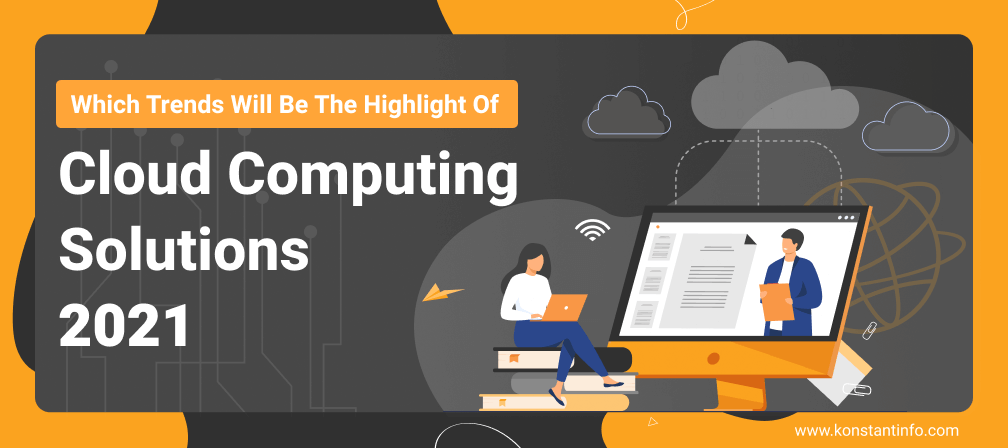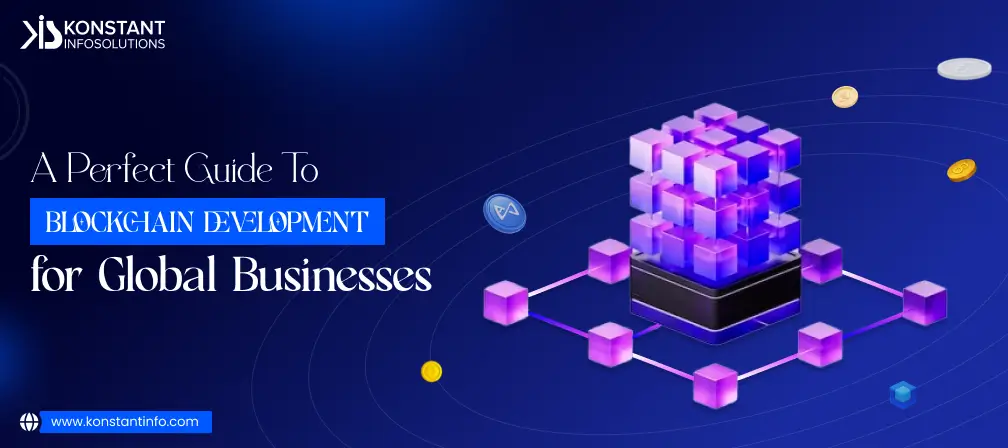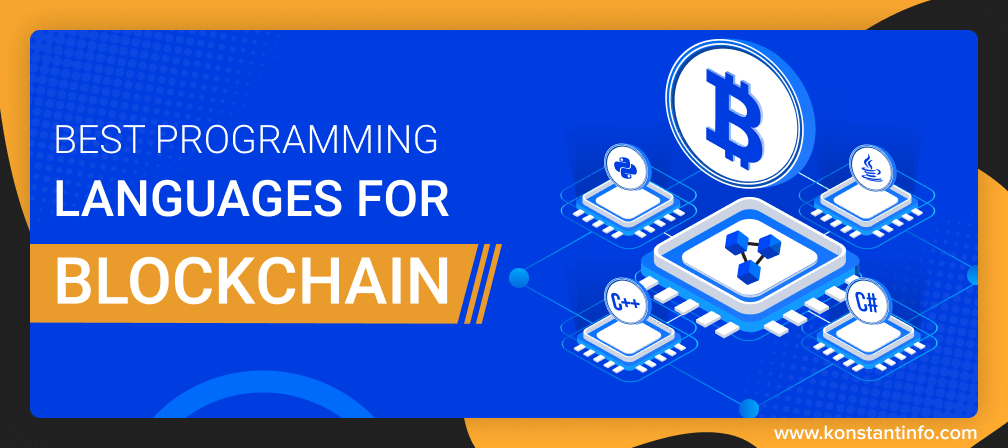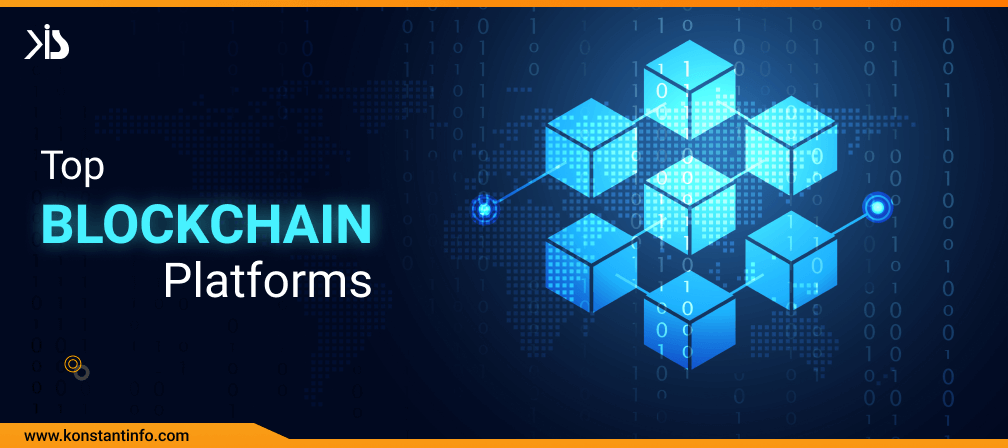Will cloud and automation set the pace for growth in 2021? How will multi-cloud and hybrid cloud technology evolve to avoid long development cycles? How will modular-small solutions be integrated into larger ones to exchange digital data in the cloud and simplify the overall process from the beginning till the end? Will all these cloud trends make it easy for businesses to save and share data? Will these cloud computing trends call for management action?
Cloud Computing Trends That Will Play Out in 2021 (this list is scalable)
Work from home in 2020 triggered an abrupt use of mobile devices, artificial intelligence that powered automation, autonomous robotics and industrial Internet of Things (IoT) platforms. We cannot predict much but know that each one of these trends will require a periodic re-evaluation. Here’s an insight into the latest trends in cloud computing:
- Serverless Computing – The storage and disbursement of a database take rounds from centralized to decentralized system architectures. The need to let go of the servers and adopt the cloud as the primary medium of database storage and retrieval remains unexplored. In this context, Kubernetes also a form of open-source containerization will become the base for server-less infrastructure as it comes along with features like networking, service discovery, multi-cloud environment, agile scaling and likewise. In addition to this, Knative is a process of standardization and interoperability of server-less platforms that will handle networking details, auto-scaling (up to zero) and revision tracking.
- The Edge Computing Infrastructure – It considers cloud infrastructure at the core but keeps all the assets at the network periphery. It includes capturing, storing, analyzing and processing the data near the client instead of a centralized data-processing warehouse unit. Certain public edge cloud platforms that make use of micro-data centres enable hosting applications on the mutable distributed cloud. This eventually improves network performance and reduce the overall response time. Network edges are being used in street lights, automated industrial machines, mobile devices, base stations, hot spots, in data centres and all other areas where time-sensitive data is to be processed. Cloud Computing however is not so focussed on time and processes data that is not necessarily driven by time. Edge computing is edged over cloud computing as it makes the network discoverable in remote locations with low or no connectivity.
- Hybrid Cloud Computing – Public cloud providers will be shifting their focus towards edge infrastructure owing to the faster response time required by these applications. This will also involve AI-driven processing of smart-sensor data coupled with some machine learning.
- Implementing FaaS in Cloud Computing – It comes up with a simple infrastructure allowing a quick response to complex queries related to creating and executing micro-services. Developers get to focus on the required core parts of the application without worrying about its performance. IBM cloud works as a Functions-as-a-Service (FaaS) programming platform. It can be used to develop lightweight code that can be scaled up with demand.
- Automated Cloud Orchestration and Optimization – Automatic/automated orchestration refers to configuring, coordinating, managing the applications and services on the computer systems. It helps to manage tasks and overall application workflow. It is applicable when multiple small processed need to be combined to generate an overall outcome. For this, many machines can be combined to get one desirable output. Orchestration in the cloud helps consolidate processes and workflows, auto-scale, apply some rules to the series of tasks and activities to make them work together. It automates the entire IT process. Going beyond this scope, enterprise service orchestration is helpful for service providers to furnish results beyond the usual connectivity. It is often used to connect multiple application ecosystems and organize workloads across multi-cloud and multi-vendor environments.
- Disaster Recovery Services – Disaster recovery as a service (DaaS) acts as a backup allowing data storage and recovery on a remote cloud-based platform. It requires large servers to capacitate and ensure a high level of operational performance, allowing data centres to scale up/out relevant to business needs.
- AI in Cloud Computing – AI brings promising potential to the cloud computing landscape. AI capabilities can now be layered with cloud computing and help companies efficiently manage data, optimize the workflows and deliver customer experiences.
- Data Security with Cloud Computing – When all the data is in the cloud, we cannot control it fully. Either way, if we tend to run our application in public or hybrid cloud, we are laying our trust in third-parties. It becomes essential to authenticate the identity, gaining access control, delete securely, encrypt everything, repeatedly check data integrity and mask all the data. The data on the cloud needs to be proof against any sort of compliance violations, identity theft, malware infections or any type of data breach – as any one of these might result in diminished customer trust or revenue loss potentially.
- Multi-Cloud Service Provider Offerings – Cloud offers the possibilities to save-share-retrieve data from any web-enabled interface. Retrieval from a web-enabled interface is easy and quick because you may access all the information. The multi-cloud approach allows using cloud services offered by two or more cloud service providers to get the aligned benefits. This happens when your enterprise needs to scale up the existing cloud infrastructure. The multi-cloud strategy helps in minimizing the risk of downtime, if one server goes down, another server can be used as a backup option to reduce/remove any data loss. This helps in improving the computing power and storage available to a business.
- Hyper-Scale Data Centres – Hyper-Scale Cloud Data Centre brings some advantages over the traditional data centres as the information on the cloud is uniformly distributed across all servers but still, these all are connected with a central server (client-server architecture). This allows removing the loopholes as backup servers are available in case of temporary shutdowns. This also helps in getting rid of any potential data loss by reducing downtime. This easily helps manage shifting computing needs and reduce the cost of data interruptions.
Important Cloud Computing App Examples (illustrative)
- Office 365 – a cloud version of Microsoft’s Office suite
- com
- Google G Suite
- Dropbox
- Adobe Creative Cloud
- GitHub
- WordPress
- Slack
Conclusive: Which cloud computing future trends will prevail in 2021?
We witnessed some unprecedented times recently, where we were not knowing about when the economy will rail back to normal. We learnt new ways to adapt, sustain, become agile, become resilient, shape data security along with peaking data volumes, become confidential yet reciprocating.
2020 has been and 2021 will be the year of cloud-native. This means that businesses need to stay agile, adopt technologies and stay relevant to the changing market dynamics.
Edge infrastructure is buckling up simultaneously to the cloud. The IoT is on the rise with personalized content and service delivery. Plus, all the music – games – videos will be streamed-live saving a large chunk in the cloud.
Securing a multi-cloud environment will bring in an improvement in work efficiency, speed up centralized application development, save money, orchestrate the management of tool automation, scale-deploy-network centralized visibility and analytics into security and performance, automate tools to speed up response times and reduce costs. Overall, this will improve multi-cloud securities.
Kubernetes is an open-source container-orchestration system to automate, scale, manage and deploy computer applications. It will go mainstream with the expansion of large enterprises.
We can safely acclaim the buttonholing by these upcoming cloud computing trends –
- Cloud and automation will setup the growth pace
- Services from multiple cloud service providers will reduce downtime
- Hybrid cloud solutions will integrate smaller services/machines into one with a centralized control to fasten the information exchange
- Saving some time and cost
- Propelling management to take a step forward
With all this, cloud computing solutions will leverage the database advantages to fulfil changing customer demands.
About Author
Neeti Kotia is a technology journalist who seeks to analyze the advancements and developments in technology that affect our everyday lives. Her articles primarily focus upon the business, social, cultural, and entertainment side of the technology sector.



